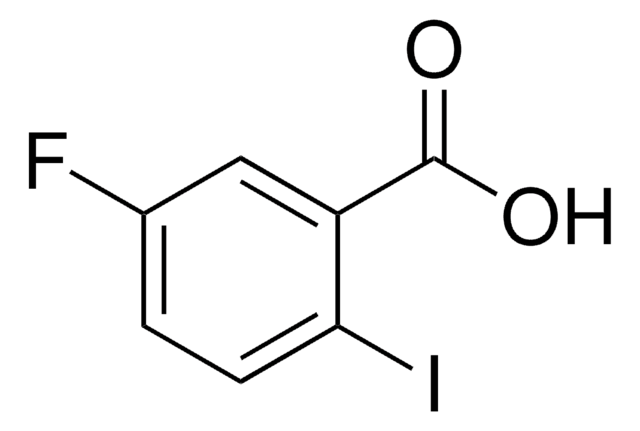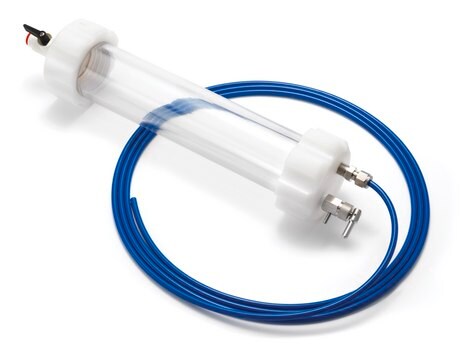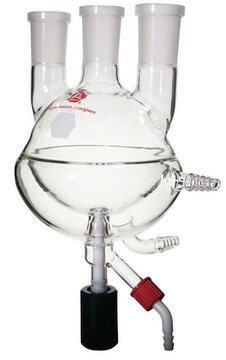MABE1919
Anti-TNRC6ABC Antibody, clone 7A9
clone 7A9, from rat
Sinónimos:
Trinucleotide repeat-containing gene 6A, 6B, and 6C, CAG repeat protein 26, EMSY interactor protein, GW182 autoantigen, Protein GW1, Glycine-tryptophan protein of 182 kDa
About This Item
Productos recomendados
biological source
rat
antibody form
purified immunoglobulin
antibody product type
primary antibodies
clone
7A9, monoclonal
species reactivity
human
packaging
antibody small pack of 25 μg
technique(s)
immunofluorescence: suitable
immunoprecipitation (IP): suitable
western blot: suitable
isotype
IgG2aκ
NCBI accession no.
target post-translational modification
unmodified
Gene Information
human ... TNRC6B(23112)
Categorías relacionadas
General description
Specificity
Immunogen
Application
Immunoprecipitation Analysis: A representative lot immunoprecipitated TNRC6ABC in Immunoprecipitation applications (Quevillon Huberdeau, M., et. al. (2017). EMBO J. 36(14):2088-2106).
Epigenetics & Nuclear Function
Quality
Western Blotting Analysis: 4 µg/mL of this antibody detected TNRC6 in lysate from stably induced HEK 293 cells transfected with TNRC6A, but not in uninduced HEK 293 cells.
Target description
Physical form
Storage and Stability
Other Notes
Disclaimer
¿No encuentra el producto adecuado?
Pruebe nuestro Herramienta de selección de productos.
Storage Class
12 - Non Combustible Liquids
wgk_germany
WGK 1
flash_point_f
Not applicable
flash_point_c
Not applicable
Certificados de análisis (COA)
Busque Certificados de análisis (COA) introduciendo el número de lote del producto. Los números de lote se encuentran en la etiqueta del producto después de las palabras «Lot» o «Batch»
¿Ya tiene este producto?
Encuentre la documentación para los productos que ha comprado recientemente en la Biblioteca de documentos.
Nuestro equipo de científicos tiene experiencia en todas las áreas de investigación: Ciencias de la vida, Ciencia de los materiales, Síntesis química, Cromatografía, Analítica y muchas otras.
Póngase en contacto con el Servicio técnico



